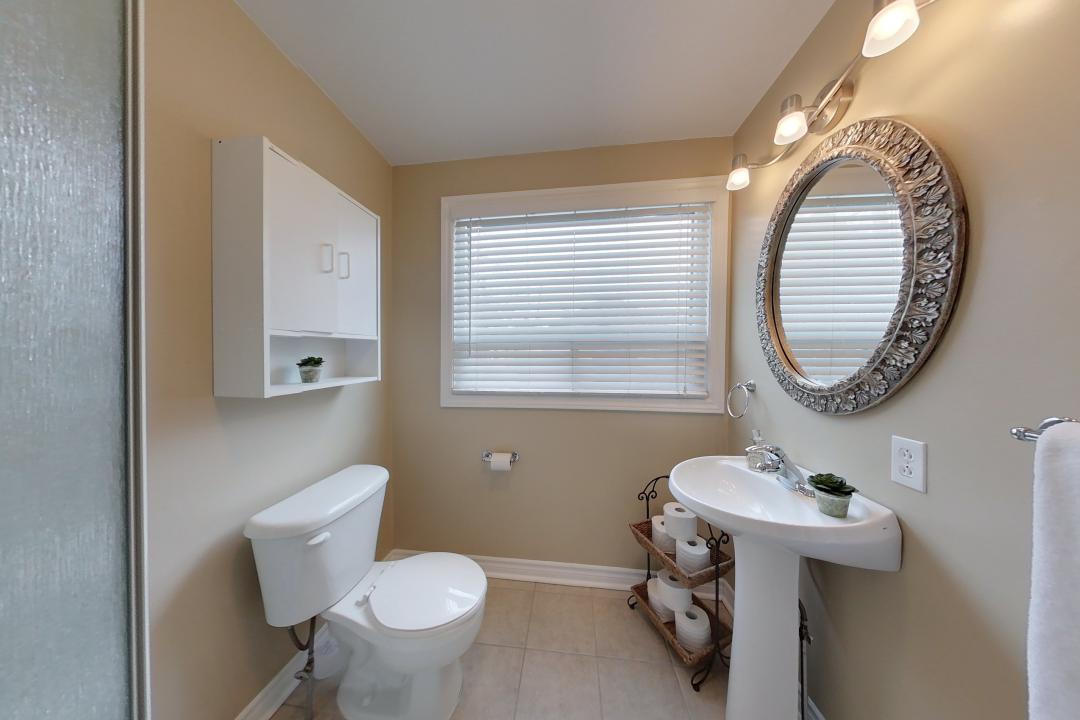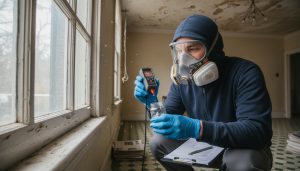How do I check for asbestos or lead paint in
older homes?
Don’t Buy That Old House Until You Find Hidden Asbestos or Lead — Simple Steps You Can Do Today
Why test older homes for asbestos and lead paint
Older homes can hide serious health risks. Asbestos was used in insulation, floor tiles, and pipe wrap before the 1980s. Lead paint was common before 1978. Disturbing these materials during renovations, repairs, or even everyday wear can release dangerous dust. Testing protects your health and your investment.
Quick DIY checks you can do now
- Look for clues: peeling paint, chalky surfaces, textured ceilings, old floor tiles, pipe insulation or duct wrap. These are red flags.
- Use a home lead test kit for a preliminary check. It gives a quick read but can be wrong. Treat positive results as a true warning, not a final answer.
- Avoid disturbing suspect materials. Do not sand, drill, or scrape until you know what you’re dealing with.
Keywords: asbestos testing, lead paint inspection, older homes, DIY inspection
When to call a pro: what a certified inspector does
Hire a certified asbestos inspector or lead-based paint inspector if you plan to buy, renovate, or see red flags. Professionals will:
- Perform a visual survey and identify suspect materials.
- Safely collect samples using protective gear and containment.
- Send samples to an accredited lab for analysis (look for NVLAP/NLLAP or AIHA accreditation).
- Give a written report with lab results and risk ratings.
Expect clear labeling like “asbestos present” or “lead > 1 mg/cm2” with next-step recommendations.
Keywords: certified lab, accredited testing, asbestos inspector, lead risk assessor

Costs and timeline (what to expect)
- DIY test kits: $10–$40 (screening only).
- Professional inspection and lab testing: $200–$700 depending on samples and travel.
- Lab turnaround: 2–7 business days for routine analysis.
If results are positive: safe next steps
- Do not remove suspect materials yourself. DIY removal spreads fibers and dust.
- For asbestos: hire a licensed abatement contractor. They use containment, negative pressure, and HEPA filtration.
- For lead paint: hire a certified lead-safe contractor or risk assessor. Options include encapsulation, enclosure, or removal depending on condition and cost.
- Get a clearance test after work finishes to confirm the area is safe.
Keywords: professional removal, licensed abatement, lead-safe contractor
Why work with a local expert now
Get answers fast. Local agents who specialize in older homes can connect you with vetted inspectors and contractors, schedule testing, and include inspection contingencies in your offer. That reduces risk and keeps negotiation power.
If you’re buying or renovating in the area, talk to a trusted local real estate pro who knows these risks and the right teams to call. Contact Tony Sousa for quick referrals and a straightforward plan: tony@sousasells.ca | 416-477-2620 | https://www.sousasells.ca
Short, direct, actionable. Test before you disturb.





















